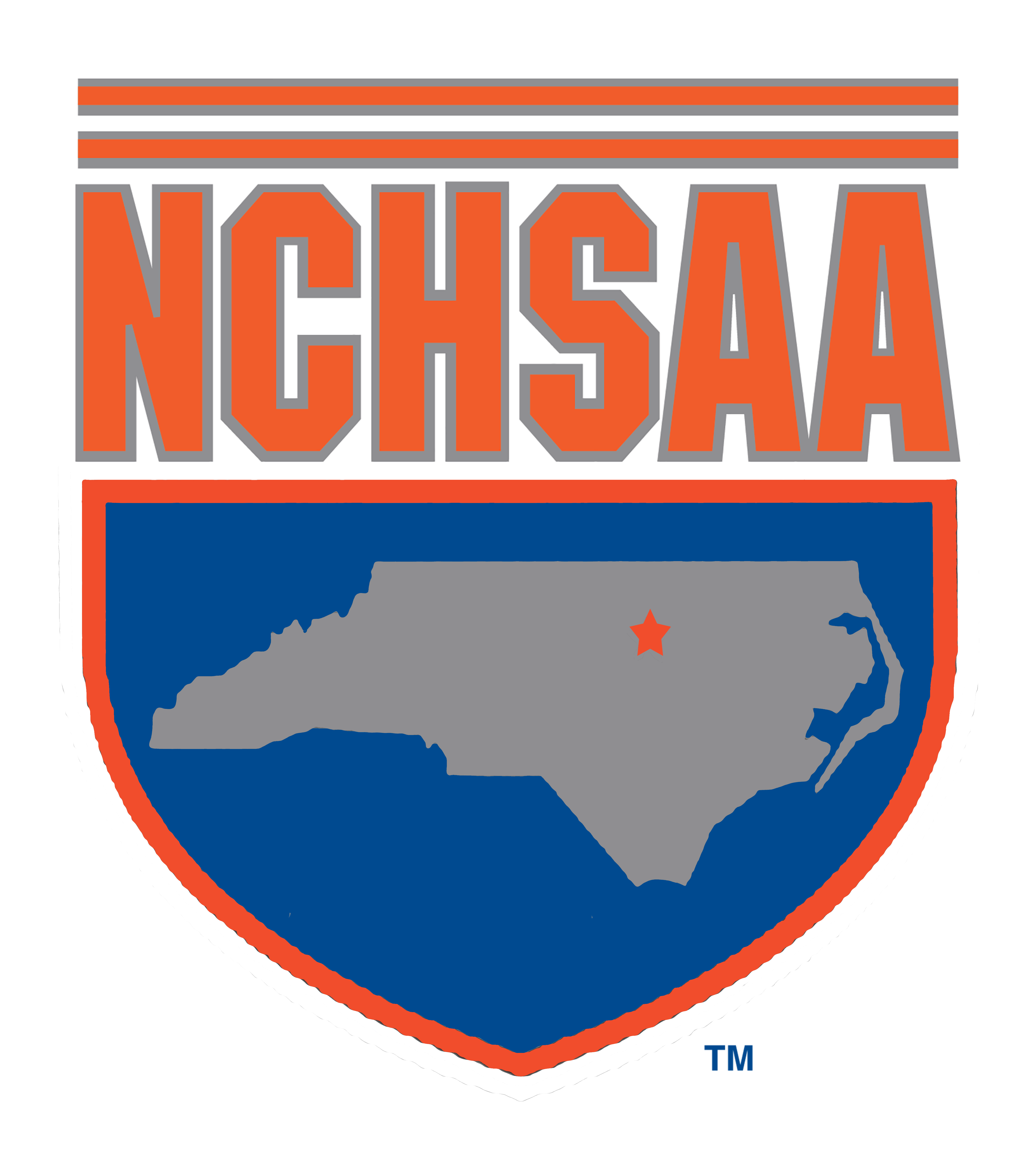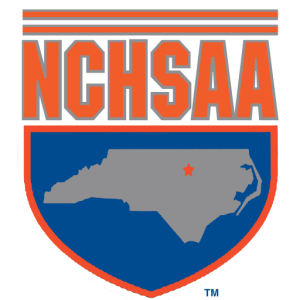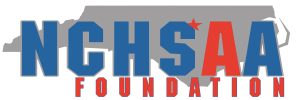by Musco Sports Lighting
Lighting an outdoor sports facility is an important long-term investment. To ensure receiving the greatest lighting value for your dollars, NCHSAA member schools should always evaluate the critical performance factors that translate into real operational savings. Whether it’s installing lights for the first time or comparing the cost of upgrading to a new system versus a prior technology, it’s essential to pencil it out before making a final decision.
A key term used in the assessment of a sports-lighting system is life-cycle cost savings. This concept is used to comprehensively compare the sum of the recurring
operational costs over the entire life of a system.
While key issues that impact the operating cost of a lighting system include energy, maintenance, and operating expenses; the number of fixtures, the price of electricity, unexpected repairs, and management and staff time should not be overlooked. Additionally, there are recurring costs with potential to provide the most significant life-cycle cost savings. Those include the installation of new generation technology and controls that will significantly reduce energy usage, group relamps, and lamp maintenance.
Controlling Energy and Labor
Labor and energy savings can be further enhanced with automated system monitoring devices. Programmable controls that switch lights on/off even 20 minutes closer to actual usage time can result in a 10 percent energy savings.
The automated control systems, included in the base price of some manufacturer’s systems, are more reliable than timers and can more precisely accommodate last-minute scheduling changes for increased savings. College of DuPage P.E. Event Specialist Bonny Balfanz schedules events for the Illinois school’s 17 intercollegiate athletic teams and a host of local rental groups. Lighting control and monitoring technologies allow her to easily automate multiple on/off schedules and reduce staff expenses.
“As far as my costs, you’re looking at saving $20 to $50 per hour if I had to call someone in to turn the lights on or off each time of use. The reporting system can be generated at any time and it shows the cost for lights per group. This is a great accounting tool,” Balfanz said.
Reducing Energy Consumption
Luminaire design and how it is applied will determine the number of fixtures needed to achieve desired light levels. Fewer fixtures means greater savings.
In North Carolina’s Robeson County school district, a life-cycle cost savings analysis compared the previous lighting technology to new energy-efficient systems for 14 different softball, baseball, and football fields that were not meeting required light levels. The evaluation convinced administrators that new technology efficiencies could generate savings to offset the initial purchase price. Meeting current North Carolina High School Athletic Association lighting standards, Robeson County used 40% fewer fixtures with the new technology.
Cutting Maintenance
One of the most time consuming and expensive aspects of lighting for a maintenance staff is spot maintenance – replacing lamps as they burn out – and group relamping at planned intervals. Considering the additional cost of maintenance equipment or contracting electricians to perform spot repairs and group relamps could run into the thousands. That’s why it’s important to look for warranty programs that include these maintenance issues. Ask for a long-term warranty that covers the life of a system from a reputable company that backs its products with staff and resources. A good warranty can keep your lighting system energy efficient, productive, and reliable.
A long-term warranty can be an attractive option when lacking access to equipment to perform replacements. “Our maintenance staff is overtaxed as it is, so they’re happy to no longer climb poles,” said former Robeson County athletic director Ronnie Chavis.
At estimated usage and kilowatt rates, average energy consumption with the new lighting technology was projected to drop 42% for a savings of approximately $203,000 dollars. Combined with cost reductions in group relamps, maintenance, and energy reductions from the use of controls, total savings were projected to reach $405,000 over the 25-year life of the project.
Taking the time to pencil out a long-term investment in a quality sports-lighting system could be one of the best decisions your school or school system will ever make. By looking at the total life-cycle cost savings of a system, you can be assured that every critical performance factor and operational cost has been calculated.
When you’re ready to evaluate systems, look to Musco Sports Lighting, a trusted source of energy-efficient outdoor sports-lighting systems and services for more than 30 years. Contact Musco Lighting to find out more on how to get your project started.


